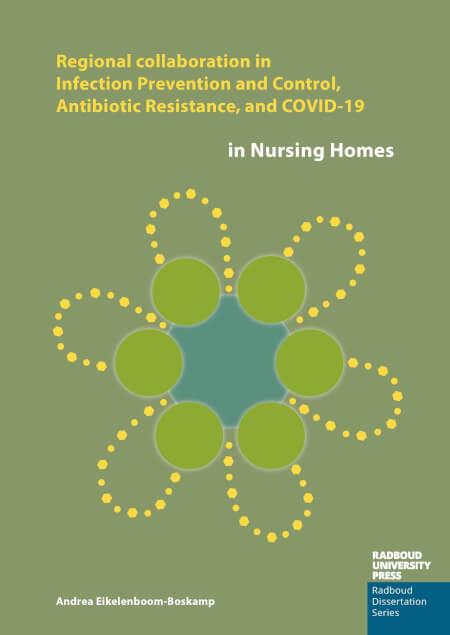Regional collaboration in Infection Prevention, Antibiotic Resistance, and COVID-19 in Nursing homes
Keywords:
Infection Control, Microbiology, Nursing Home CareSynopsis
This study centers on basic components of infection control in nursing homes, tailored approaches in addressing antibiotic resistance, and COVID-19 testing among healthcare workers employed in these organizations through collaborative efforts.
The introduction highlights the challenges related to these themes within the context of nursing homes, which serve as the living environment for vulnerable elderly susceptible to infectious diseases.
Yearly prevalence studies conducted from 2007 to 2017 provide insights into the occurrence of healthcare-associated infections (HAIs), trends over time, factors influencing their prevalence, and antibiotic use. Handhygiene has been evaluated following the implementation of various interventions and nudges. The exploration of residents' preferences for healthcare workers' attire is examined. The guideliine concerning the prevention of transmission of highly resistant microorganisms (HRMOs) has been tailored to the context of nursing homes. The implementation of an antimicrobial stewardship program (AMS) in nursing homes has been described. Finally, studies are described that emphasize the importance of testing healthcare workers for severe acute respiratory syndrome coronavirus-2 (SARS-CoV-2), including the validation of an antigen test, to gain insight into infection rates, thereby prompting the implementation of appropriate measures.

Published
Series
Categories
License

This work is licensed under a Creative Commons Attribution-NonCommercial-NoDerivatives 4.0 International License.

